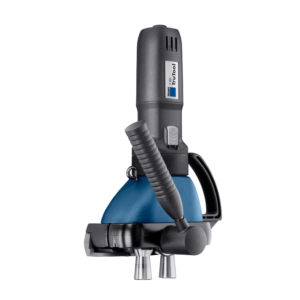The Trumpf F301 Seamcloser is an alternative to an Air Hammer in closing the Pittsburgh Seam into a Lock by means of rollforming it over instead of hammering it over.
There are advantages to Closing the Pittsburgh by a Rollforming process rather than a Knocking Over process—a much quieter process and a cleaner looking Lockseam once finished.
Because of the nature of Rollforming, this tool is ideal for straight and long runs which means it’s perfected suited for the running down the Longitudinal Seam on Straight Duct Sections.
The Value of the Trumpf Seamcloser depends on whether the shop runs Straight Duct in Pittsburgh:
The longitudinal seam of Rectangular duct is made either one of two ways: Pittsburgh or “Snaplock” (aka Buttonlock). If you’re a shop that uses the Pittsburgh Lock for your Straight Duct, you’ll find value in this tool.
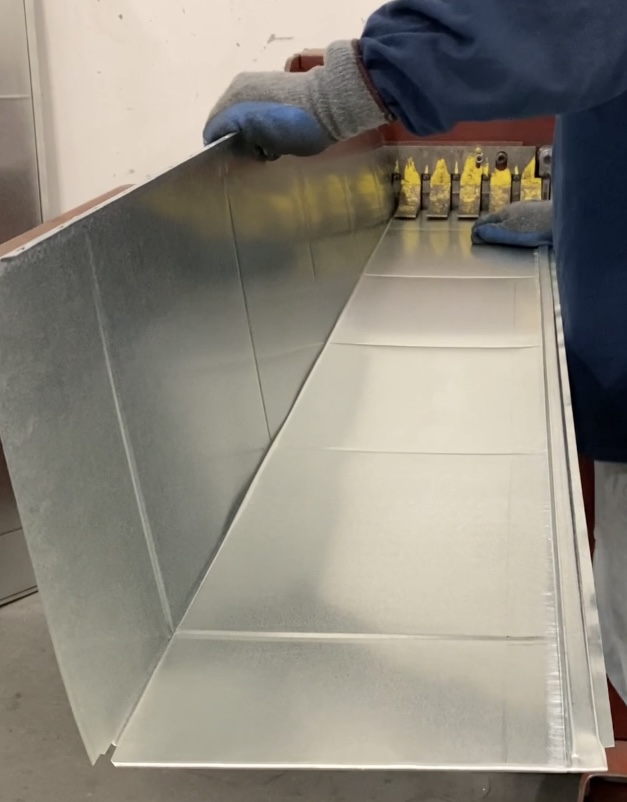
But many shops will use Snaplock on the Straight Duct and Pittsburgh on the fittings.
Going with Snaplock on the straight duct allows a shop to Nest the duct in L sections and send a lot more out to the field where it will be assembled. These shops are NOT candidates for the Trumpf seamcloser because, even though they might do a lot of Pittsburgh duct, it’s all on Fittings, not Straight Duct.

Differences between the 2 Models:
The 301 and the 300 operate identically; the 301 is made for 24, 22 and 20 ga Galvanized Duct and needs at least 1/4″ of “hammer over edge” to grab so it can rollform closed. The 300 is made for 20, 18 and 16 gauge and needs at least 3/8″ of “hammer over edge” to grab so it can rollform closed.
How Does it work?
For a duct shop, the procedure starts the same: align, seat and secure the male Pittsburgh right angle in the Female Pittsburgh Pocket seam. The remaining portion of the Female Seam will be sticking up as a tail.
Then, Instead of hammering this over itself with an Air Hammer, clamp the F301 to one end of the duct and press the handle forward and you’ll feel the tool lock easily into place (if you have to force it, it’s not lined up on the duct correctly). As you lock it into place, it grabs the remaining female tail. Then turn the on switch and the tool and automatically propels forward, self adjusting for the Gauge thickness as it rollforms the tail over itself into a Pittsburgh Lock. The Trumpf 301 and 300 Seamclosers operate as hand held versions of the $30k vertical free standing machines—the Lockformer Whisperlock and the Vicon Vertical Seamcloser. Like the vertical free standing machine, the 301 and 300 are intended for straight duct, not fittings. Also like the Vertical seamclosers, these Trumpf 301 and 300 tools work better when there’s a good edge to grab.
The Quality of the Female Pittsburgh Seam is Important:
If a shop is using 1″ of material to form the Pittsburgh Seam, it’s considered “small Pittsburgh” (vs. 1-1/8” or 1-3/8” of material on “Large Pittsburgh”). All 20 ga capacity Pittsburgh machines and 20 ga Capacity Pitts roll sets run small Pitts only. The pocket depth is 5/16″ and the remaining tail is between 5/16″ and 1/4″. If the remaining tail drops below 1/4″ or if the Male Right Angle doesn’t seat all the way down in the Pocket, the Trumpf 301 does not have enough to grab and rollover. Usually the solution is as simple as replacing the Opening Roll Wheel.
If a shop is running their Pittsburgh straight duct on a coil line or on a free standing Model 18 or Model 16 Pittsburgh, it’s always considered “large Pittsburgh”. The Pocket of the seam will be either 7/16″, 3/8″ or 1/2″ and the hammer over edge will be an increment just under that. The Model 301 works well on both small and large Pittsburgh.
The Model 301 is the main one we sell because it does 26 down to 20 gauge; the Model 300 does 22 thru 16 gauge. When we sell the model 300 it’s been to shops who are already using the 301 and do enough 18 gauge to justify buying the Model 300. If the field is assembling the duct, then we’d recommend the cordless version.
In Summary, here are Reasons to Invest in a Trumpf Seamcloser:
- Your Shop Runs all Straight Duct sections in Pittsburgh
- Your shop send out the Straight Duct to field already assembled, with blue duct film capping off each end
- Your Shop has a Full Wrap Coil line but No Vertical Floor Mount Seamcloser (this tool can take the place of the Vertical Seamcloser)
- Your Shop runs all Pittsburgh on a Model 18 or Model 16 Pittsburgh Machine (the taller the hammer over edge, the better the seamcloser performs)
- #1 and #2 apply to your shop and you’re having difficulty attracting employees for the Duct Shop that stay after one day (using an Air Hammer on straight duct is, after all, the worst job in the shop)
- It’s a challenge to enforce ear protection rules in the shop and you know that the Air Hammers are a contributing factor in long time duct shop workers losing their hearing at an early age
- Your offices are located close to the duct shop and your office staff complains about the noise (it’s coming from the Air Hammers)

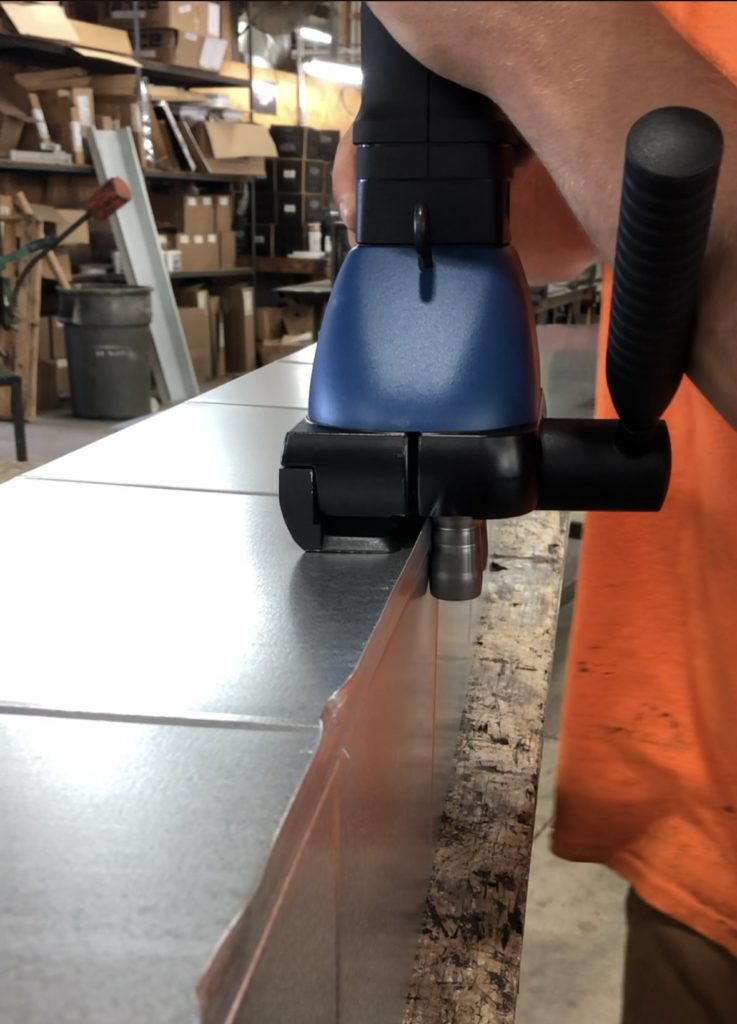
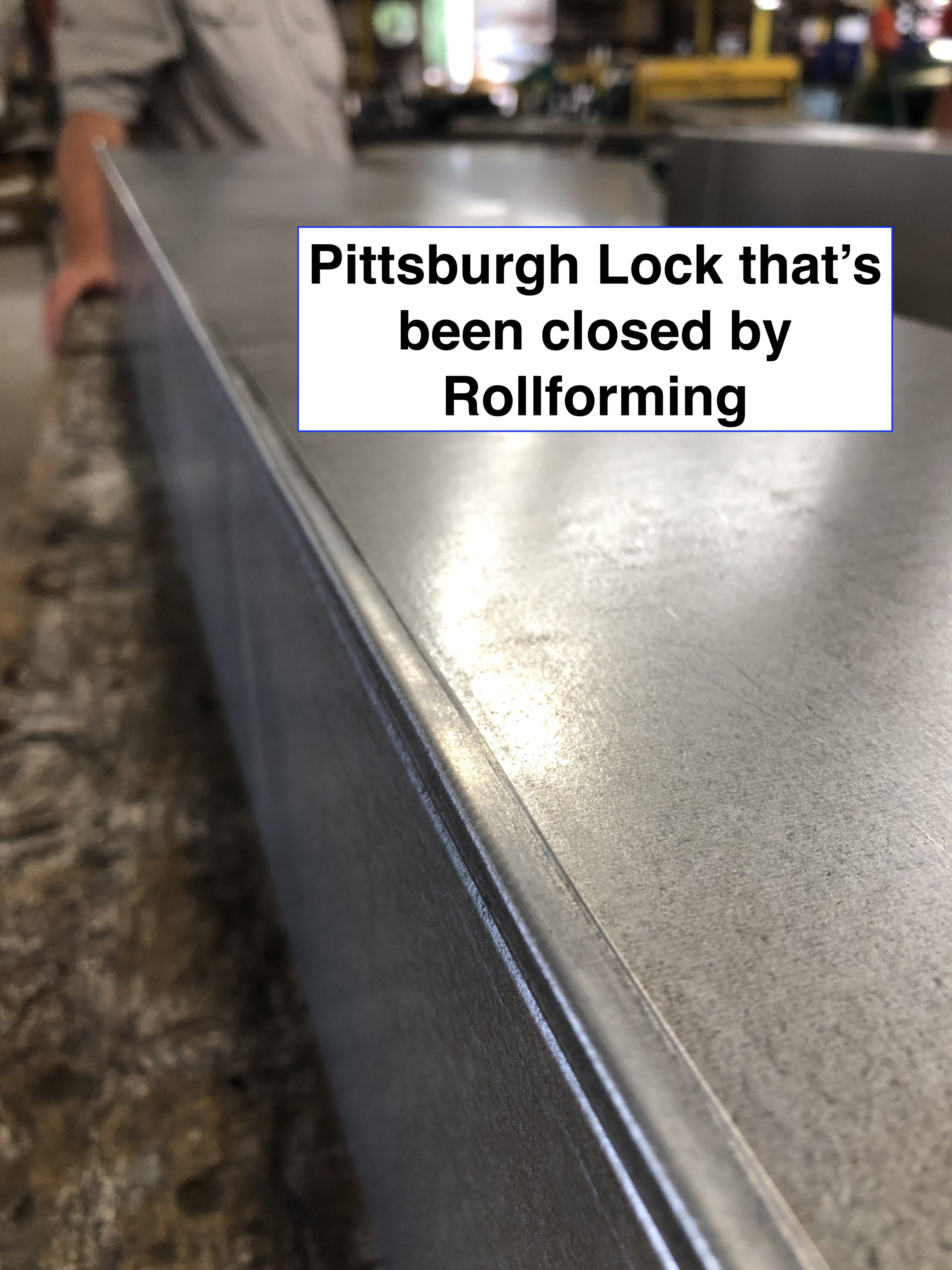

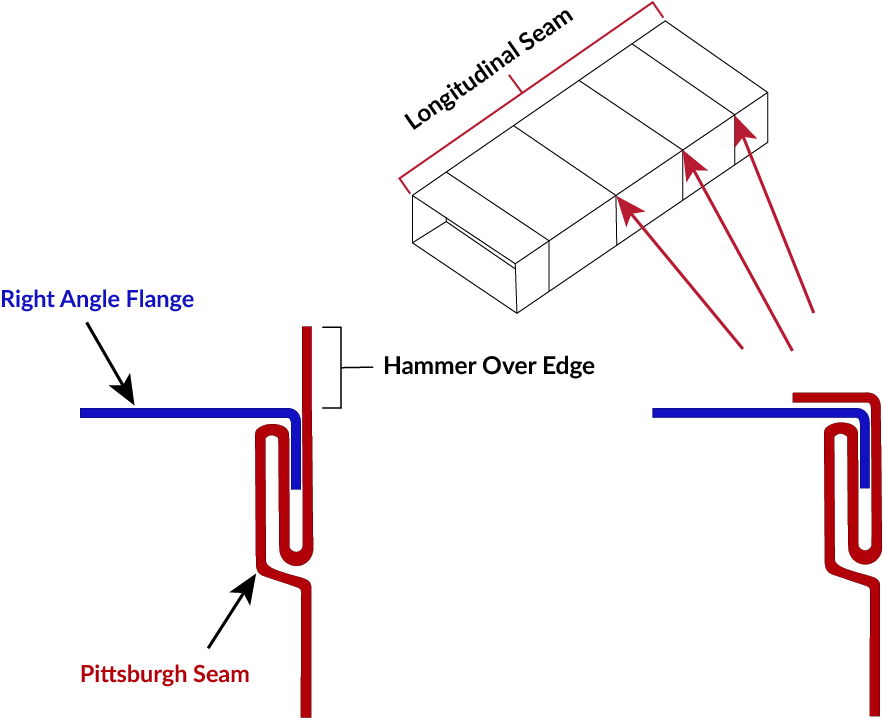
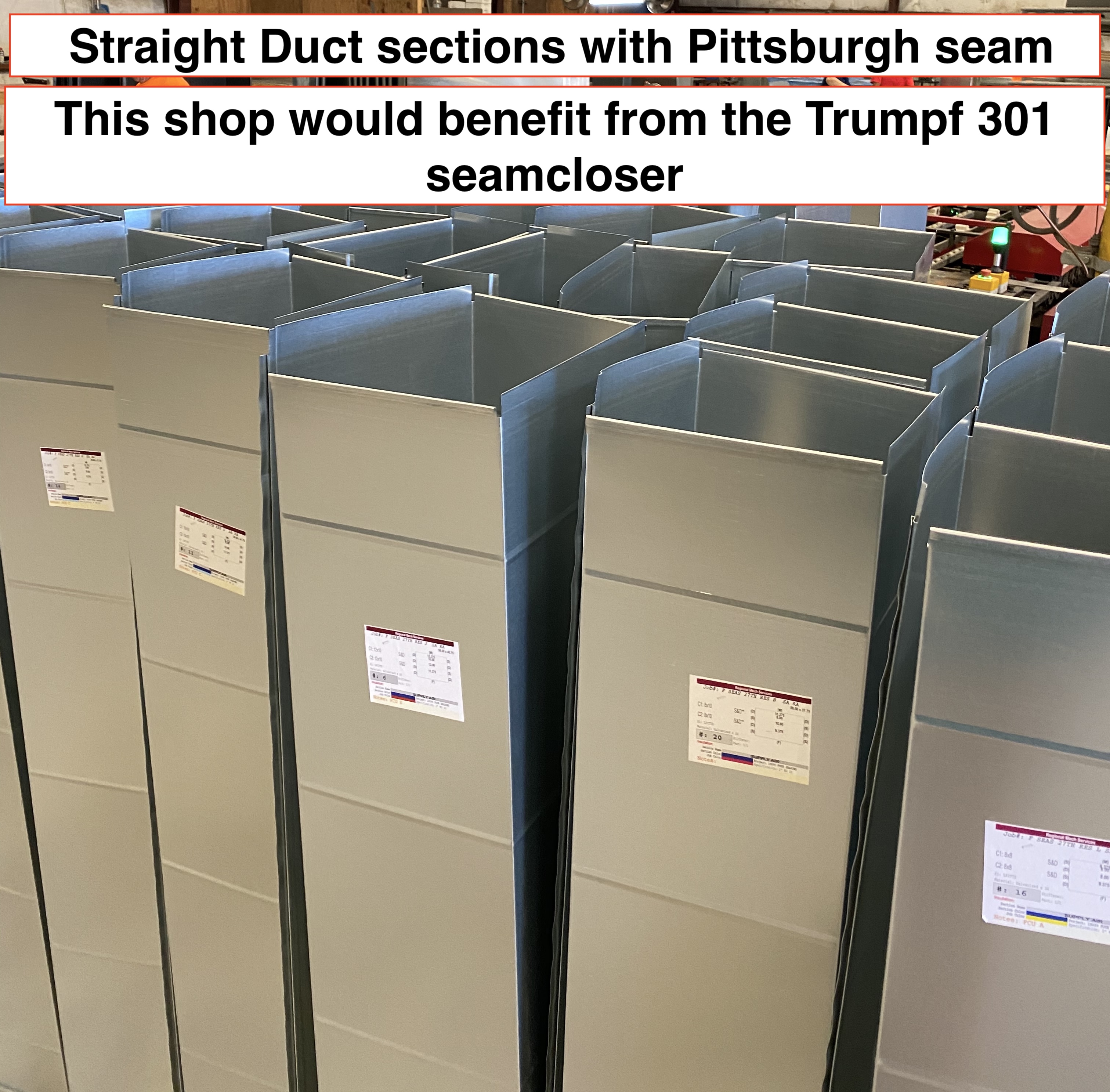
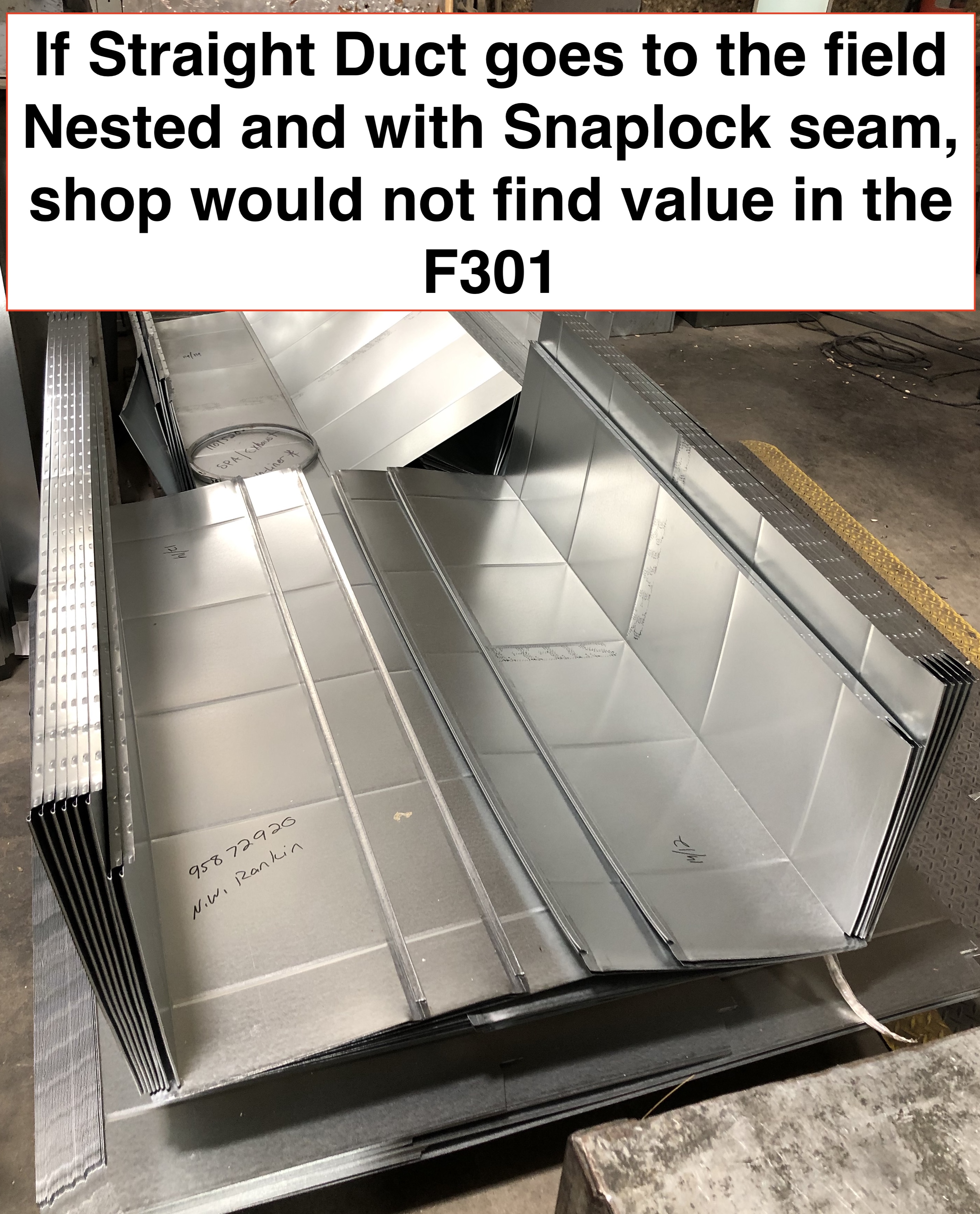
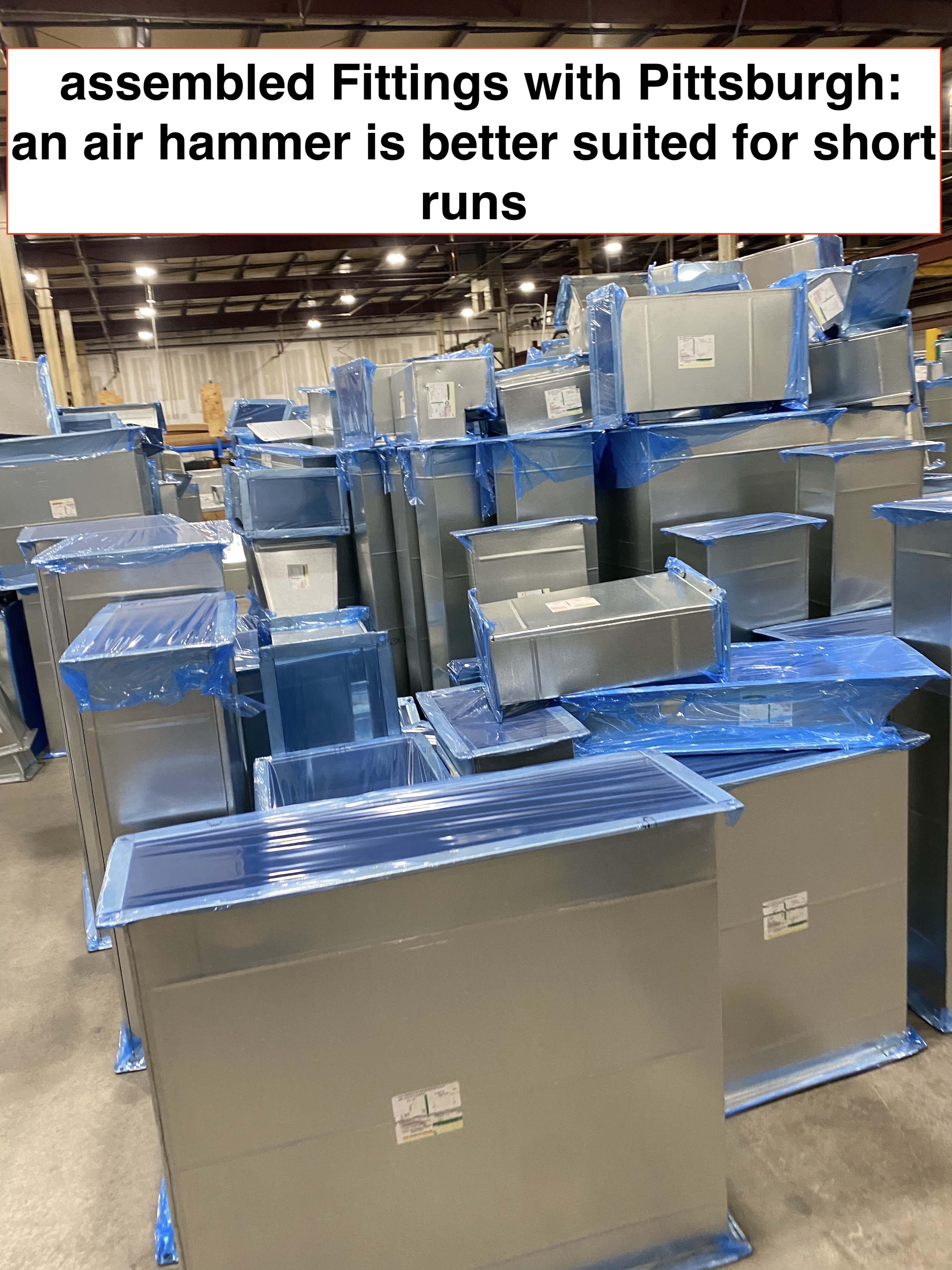
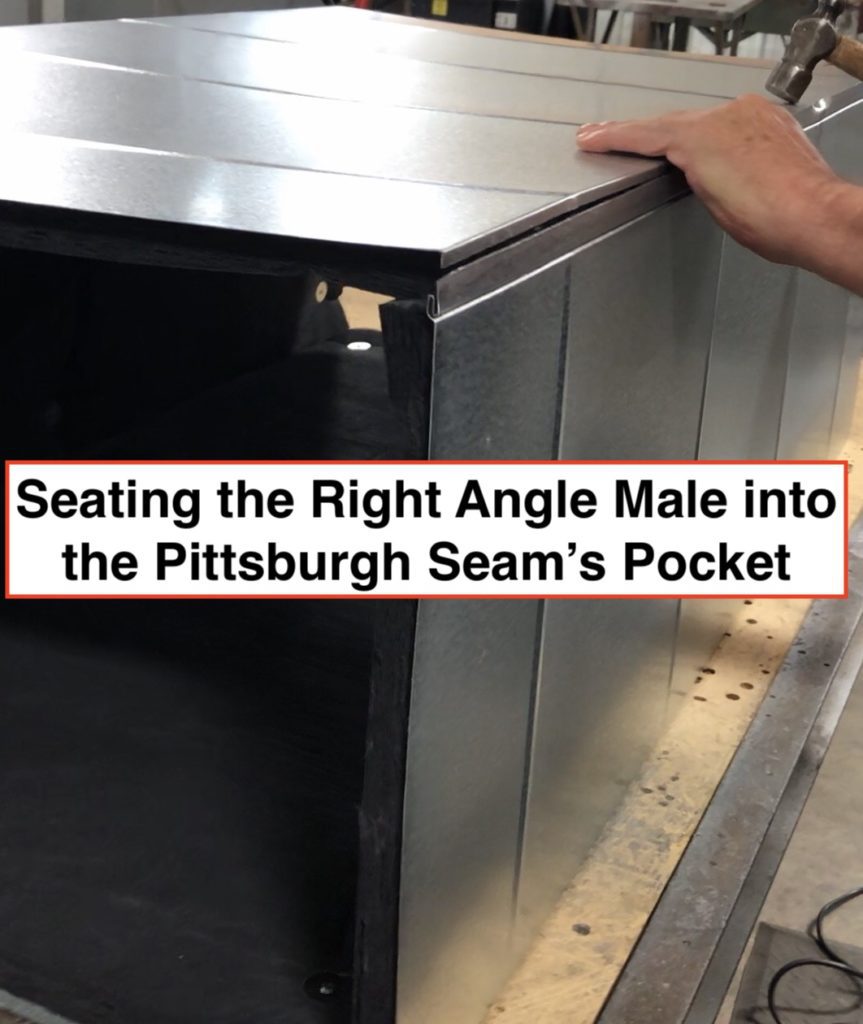
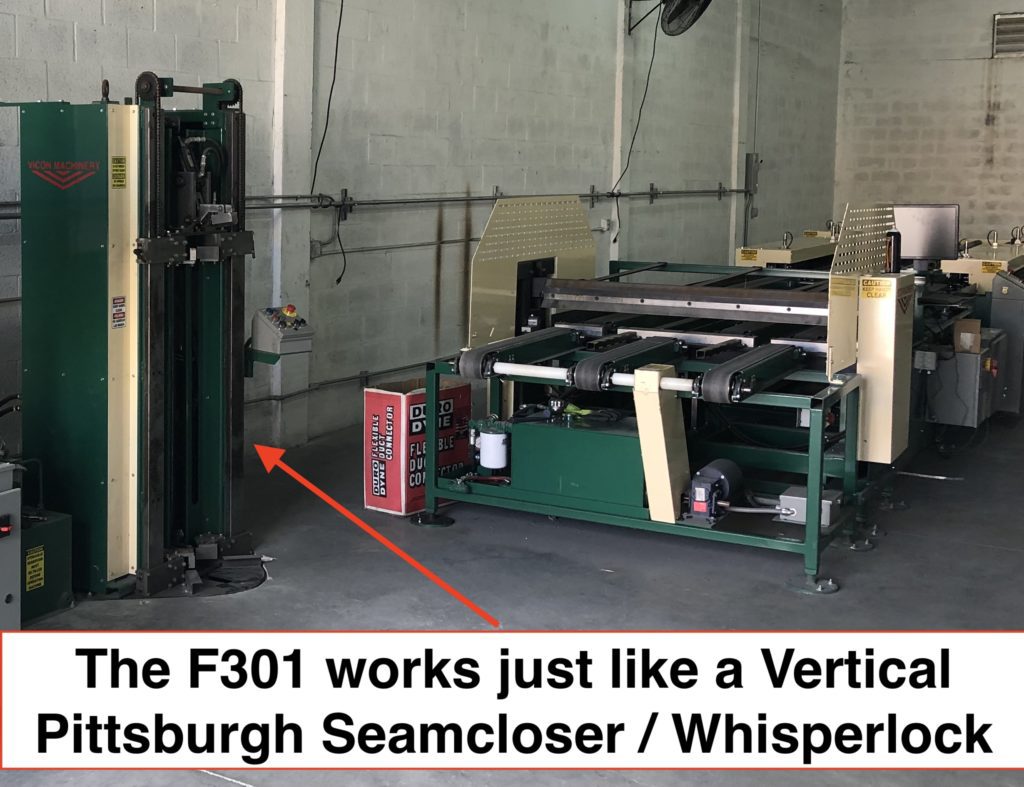
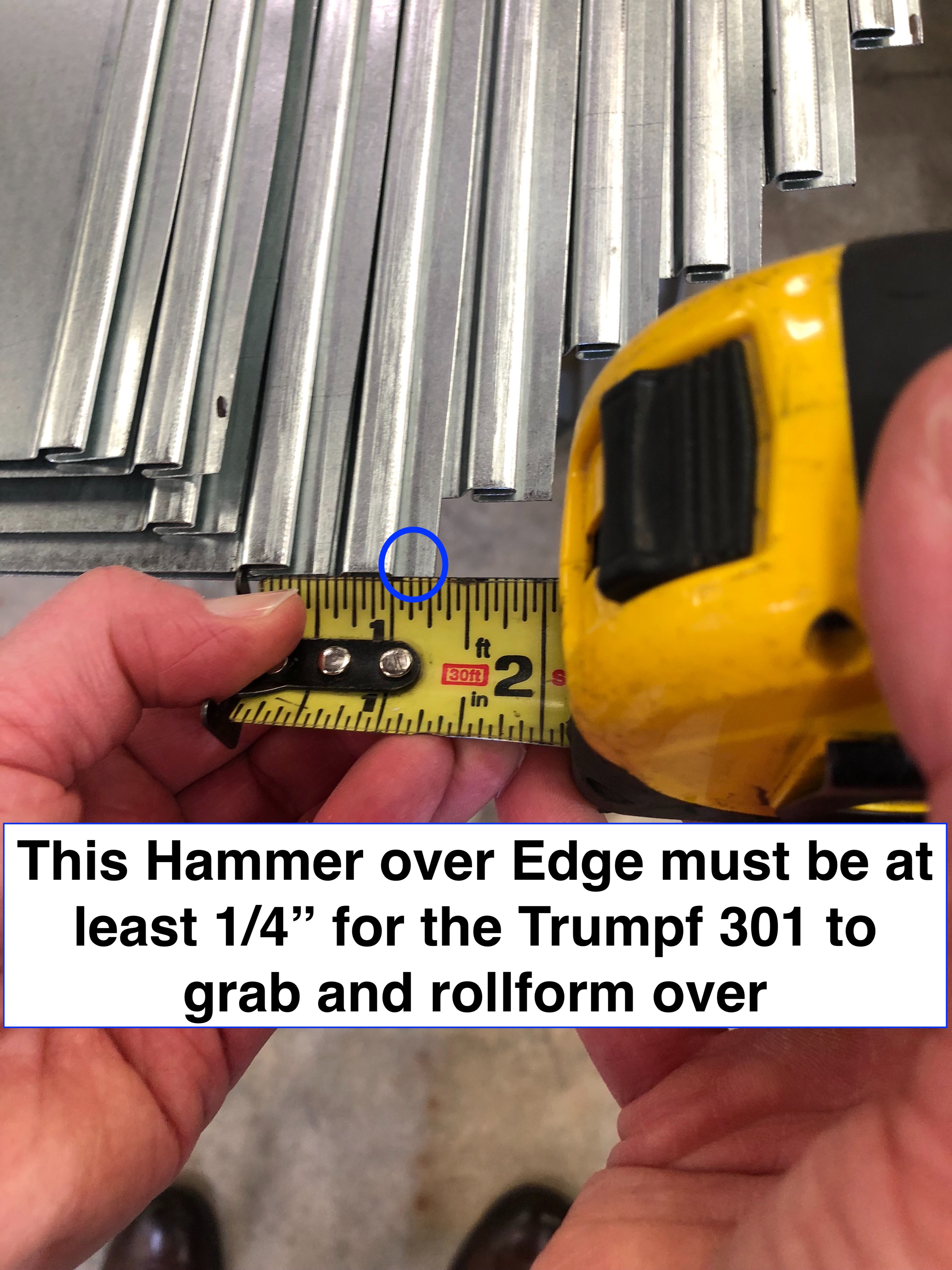
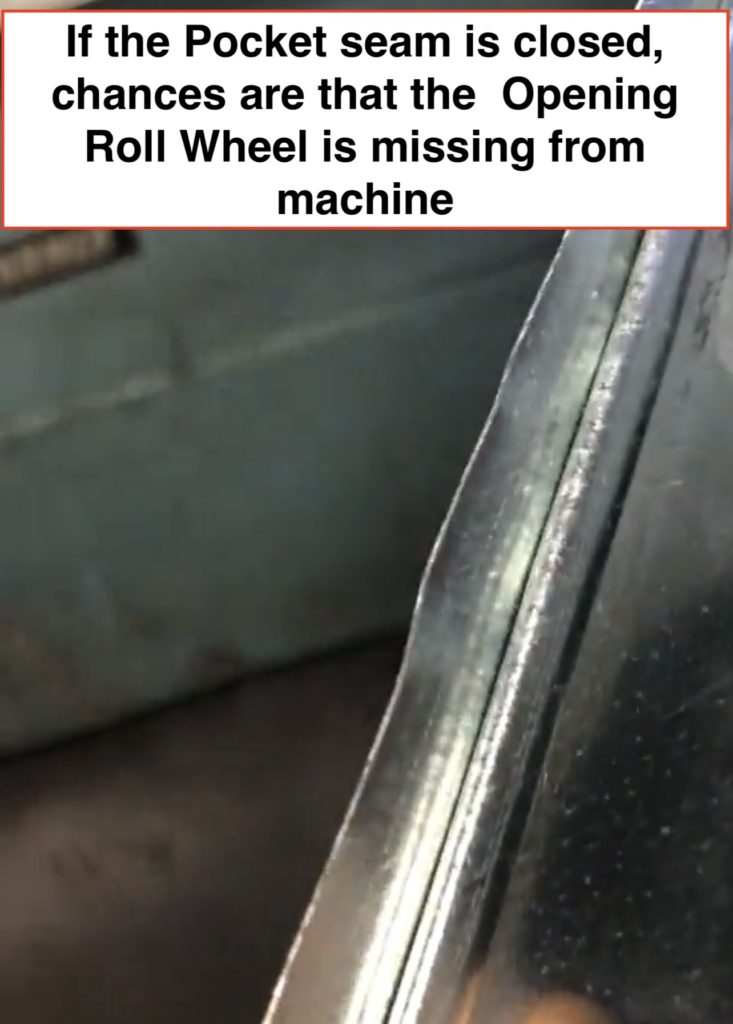
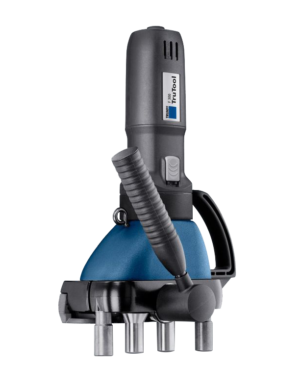
![Trumpf F301 Seam Locker (cordless) [TO BE DISCONTINUED]](https://www.conklinmetal.com/wp-content/uploads/2019/10/F301-Cordless-300x307.png)
